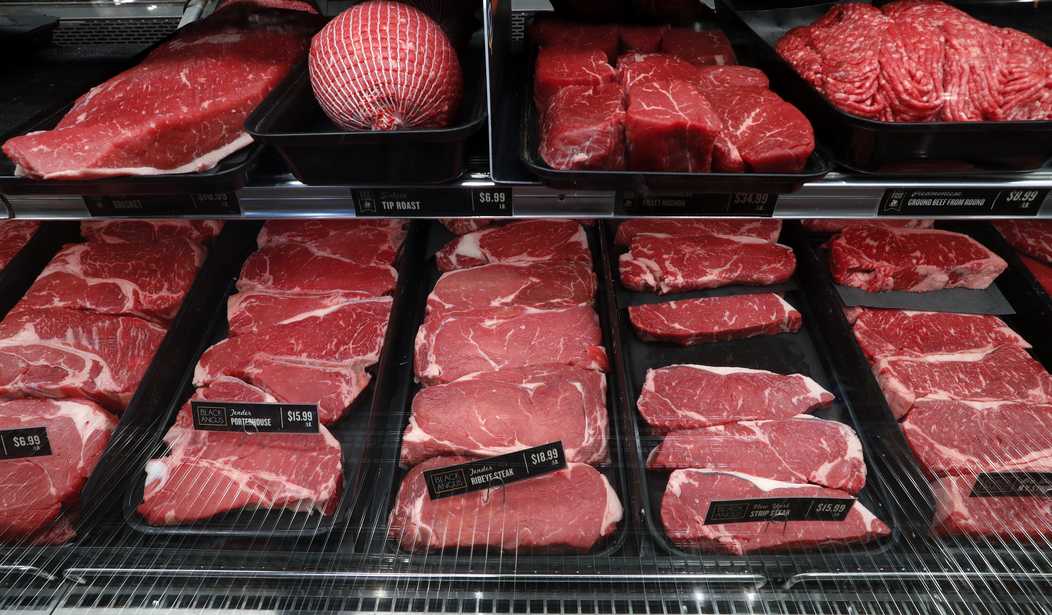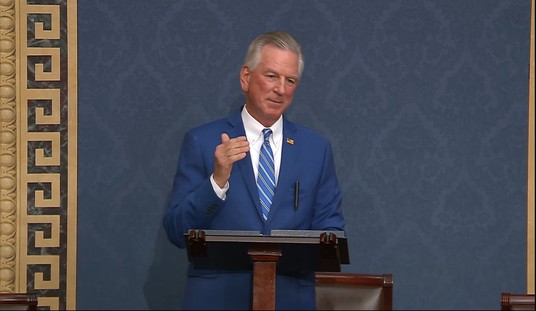With little more than regional press coverage, a curious pattern emerged in 2022. Over 20 food-related facilities across the country experienced mysterious fires and industrial accidents. Officials, calling them isolated and unremarkable, downplayed the events, describing what happened as a coincidence or simply a run of bad luck.
I remembered those incidents under a different light after reading Scott Payne's incredible work in his book, "Code Name: Pale Horse: How I Went Undercover to Expose America's Nazis."
Payne recently retired from performing incredibly brave assignments, going deep undercover to collect evidence that resulted in dozens of convictions. Due to his faith and marriage to a powerful woman, Payne was able to leave the undercover world with his life intact. Although he shared several close calls when things nearly spiraled out of control, he gave credit where it was due. It's an amazing read from a hero very few of us knew about.
One of his most disturbing assignments was to infiltrate a violent sect of Neo-Nazis called "accelerationists."
These were far from the weekend-warrior guys who wear camo while acting out weekend training. They were organized, strategic, and fanatically devoted to collapsing American society from within. They planned to hit critical infrastructure, power grids, transit hubs, and communication lines using surgical precision. Their goal was to trigger instability, creating fear, which leads to eventual authoritarian control.
Those were the plans Payne saw while on the inside. To me, it simply seems too coincidental that after he left, food facilities started going up in smoke.
A String of Fires, Then Silence
By the end of 2022, over 20 major food facilities nationwide had experienced significant fires or other industrial incidents. Those facilities included poultry plants, potato processors, fertilizer depots, and distribution warehouses.
Those locations were located in different regions within a tight timeframe. Not a single incident seemed to be linked, nobody confessed, and no alarms were raised in our esteemed media.
According to the National Fire Protection Association, taking these occurrences together, none fell outside historical averages. Statistically, there were no alarming signs of coordinated sabotage, and nothing appeared to be out of the ordinary.
I have to admit that the MSM acted somewhat responsibly when they couldn't find any unifying information and moved on.
It hurt writing that sentence.
There are times, however, when the lack of an apparent connection can be unsettling.
Infrastructure as a Target
Payne's book made it clear that accelerationist doctrine is built around the idea that effectiveness isn't found by attacking people, but by attacking systems. No glory hounds wanted, just the dedicated who seek disruption.
If you examine what happened in 2022, it becomes less coincidental and more like asymmetric warfare when you consider that people planning a coordinated string of food facility fires, without a manifesto or arrest, is a possibility.
Although Payne's undercover work didn't expose targeting of food production, the broader doctrine applies: Hit 'em where the public least expects, but what hurts society the most.
Why target food?
Federal agencies treat food as a high-value target. The DHS, USDA, and FBI all deemed the food and agriculture sector part of our critical infrastructure, alongside energy, transportation, and defense.
And why not food? Disrupting the power grid creates some panic. However, disrupting the food supply will break people.
The Historical Playbook Is Written
History shows food has been weaponized before. In 1984, followers of the Oregon-based Rajneesh cult poisoned over 750 people when they contaminated salad bars with salmonella. This was the largest non-COVID bioterror attack on American soil.
Two years ago, two Chinese nationals were busted trying to smuggle a crop-killing fungus into the U.S., a substance the Justice Department called a "potential agroterrorism weapon."
Foreign countries understand what groups like those Payne infiltrated know: Food is a means to achieve peace, stability, and power. Interrupt it, and we'd see massive ripple effects.
What Fits, and What Doesn’t
Now, to be perfectly clear, I am not arguing that those fires were acts of domestic terrorism. Investigators found no signs of accelerants, no forced entry, and no extremist screeds at the scenes, at least not that they publicly disclosed. What also matters is that nobody took credit and no group claimed responsibility.
But what also matters is the pattern: Twenty-plus fires shortly after an undercover FBI agent exposed an accelerationist network that studied infrastructure maps and how to exploit soft targets.
Another matter of concern is that the food supply isn't just symbolic. Food is foundational to our lives. What matters most is that Payne's warnings haven't been fully examined in the context of what followed.
If he exposed a doctrine that includes attacks on infrastructure with a greater goal of societal chaos, then don't the fires at food plants merit a second look?
Related: Silent Sovereignty: Trump’s Basin-Side Comeback at the Panama Canal
Final Thoughts
A connection will never be proven. However, outright dismissing the possibility might be problematic.
Accelerationist groups don't typically leave calling cards and often avoid seeking credit. Those groups work to sow instability by letting the chaos they release do all the talking.
America's food systems were tested in 2022, and the public still lacks a full understanding. The timing matched the exit of a man who risked everything to expose a domestic terrorist ideology, and the targets were aligned with that ideology's stated purpose.
I don't want to be accused of being a fella who got his tinfoil hat fitted after reading a book, but to me, the timing seems too coincidental.
Maybe nothing happened
Or maybe something did, and the silence was precisely the point.










